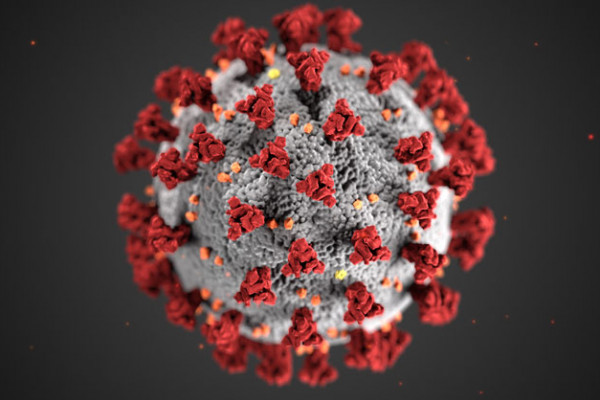The Vermont Community Foundation announced it has established the VT COVID-19 Response Fund to support nonprofit organizations throughout the state that are particularly equipped to address community impacts of the...
Read more about "New VT COVID-19 Response Fund Will Help with Preparation and Response to Novel Coronavirus"Share Our Post:
Staying Current with Novel Coronavirus COVID-19

As the news of containment, prevention, and testing for COVID-19 spreads across the nation, we are looking to our partners to help in planning for Vermont’s communities, and the nonprofits who serve them. We want to recognize the great work of emergency responders, health care providers, home health nurse associations, assisted living centers, and more—immediate responses to the public health emergency in Vermont are already alive and well. And we want to thank so many national, regional, state, and local entities who are already providing resources, services and more!
Guidance for Nonprofit Partners and Communities:
As employers, mission-driven service providers, nonprofits and businesses, the responsibility to plan for emergencies and respond effectively is clear. As Vermont’s leaders, we know that by working together and using the best information available, we can help to mitigate the impacts of this public health emergency and keep our communities healthy and resilient. At the Foundation, we’ve been doing some work to outline resources available.
First, it is important to get good information. We have been looking to the Centers for Disease Control and Prevention (CDC), as well as the Vermont Department of Health for excellent resources for communities:
- Centers for Disease Control and Prevention - this page includes sections on: What You Should Know, Situation Updates, and Information for Communities, Schools, and more.
- Vermont Department of Health - learn more here about Vermont’s response, current locations, and sign up for updates.
Second, we recommend that the community of nonprofits, and mission driven organizations that we work with take the time to do preparedness planning. Emergencies will always evoke anxiety, but preparation will help mitigate that anxiety so you can effectively communicate with and care for your employees and your stakeholders or community. We recommend thinking through the level of risk for your particular operation in relation to your staff and community and risk of exposure, as well as your operations, and your remote work policies, time off policies and so on. A few helpful links are below:
- Make sure your staff know and follow preventative measures in the workplace. Print out and share information, post it in common areas and practice safe workplace behavior related to spreading germs. (A good practice always!) Providing easy-to-understand self-care is vital
- Make sure you and your team understand the risk portfolio for your staff and team. Using the CDC’s Risk Exposure information, you will be able to assess how quickly you might want to put in more emergency procedures.
- Work with your staff and board to affirm your remote-work, time off, and sick leave policies. In the cases where schools are closed, businesses send staff home, or individuals opt to stay at home due to a risk, you’ll need to be able to manage for these contingencies. Make sure your staff and board are aware of and can implement these policies well.
- Create a plan for your organization’s activities with your team. Best practice may include having a “all hands on deck” meeting, as well as a detailed conversation with management folks about potential fee-for-service programs, attendance at events, any financial projections you can make. We recommend a wonderful outline from the Georgia Center for Nonprofits on emergency planning for nonprofits. We also recommend the Community and Faith-Based Organization Preparedness Steps that the CDC outlines on their website.
- Communicate with your stakeholders around your procedures, whether that’s an afterschool program and new hand-washing practices, or you determine you may have to cancel events or activities.
- Make sure you’re working with your local and regional partners:
- Common Good VT has prepared a terrific set of resources for nonprofits.
- Regional Planning Commissions work with emergency preparedness and disaster planning for communities. Contact your regional entity for specific information!
- The Vermont League of Cities and Towns can be a resource point to share with other areas and municipalities.

